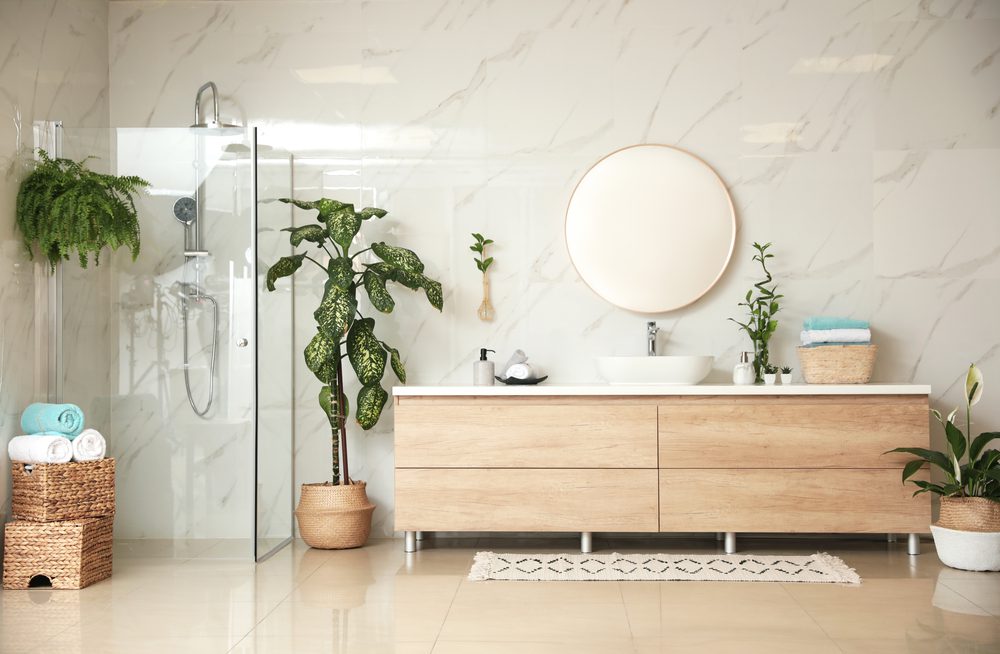
If you want to make your bathroom a lot prettier, plants are the answer!
I know, we don’t see plants in bathrooms very often, and one reason for that is that the environment there is a bit freakish. Bathrooms have constant humidity, fluctuating temperatures, and little (or lots) of sunlight depending on which direction the window is and how many there are. Fortunately, there are many plants that thrive in bathrooms!
You need resilient plant babies to tolerate those kinds of variable conditions, and yes, there’s a wide range to choose from that fits the bill. I’ve spoken with some plant experts who helped me and my team create a list of some of the best indoor plants that survive in the bathroom.
Trust me, a single plant can turn your bathroom into the perfect relaxing oasis! You just have to pick the one (or maybe more) you like the most! There might not be a huge change, but the results will speak for themselves. Let’s get started!
…I’m confident you’ll love how your gorgeous bathroom will look after this quick makeover!















